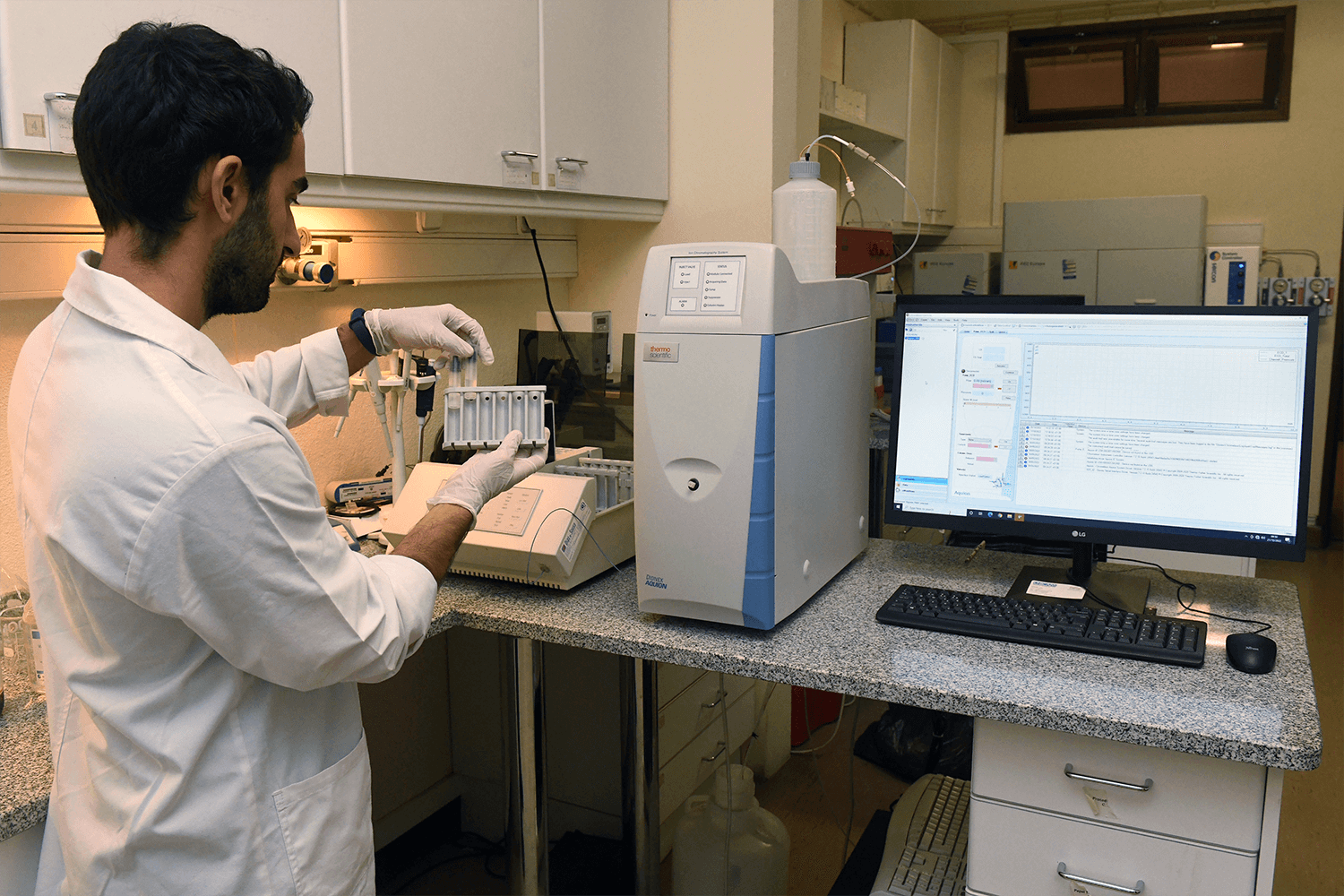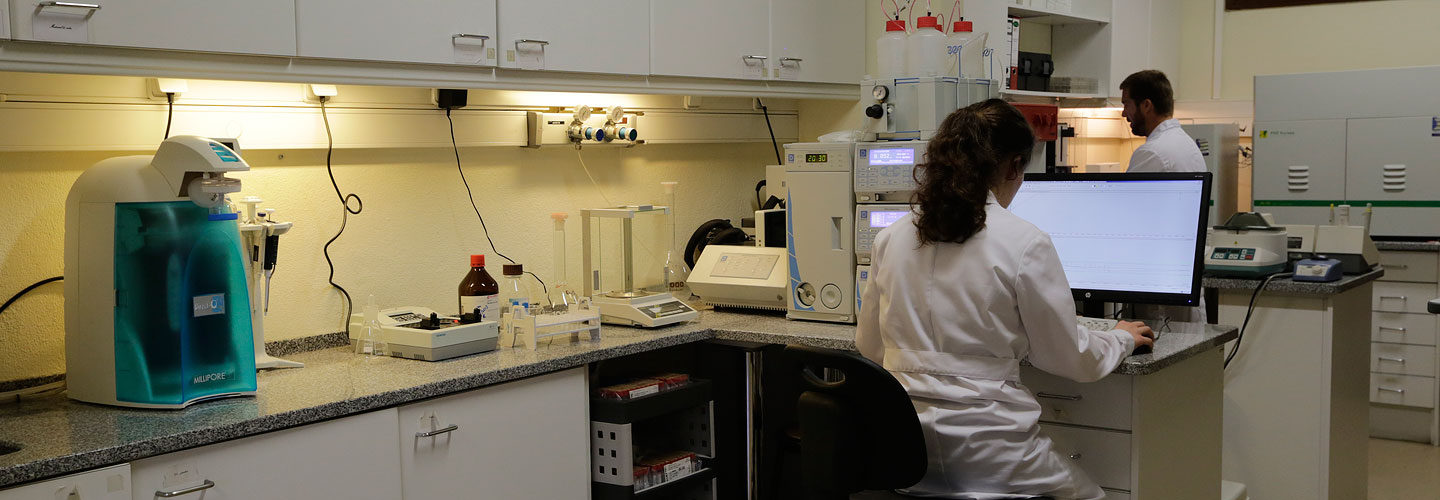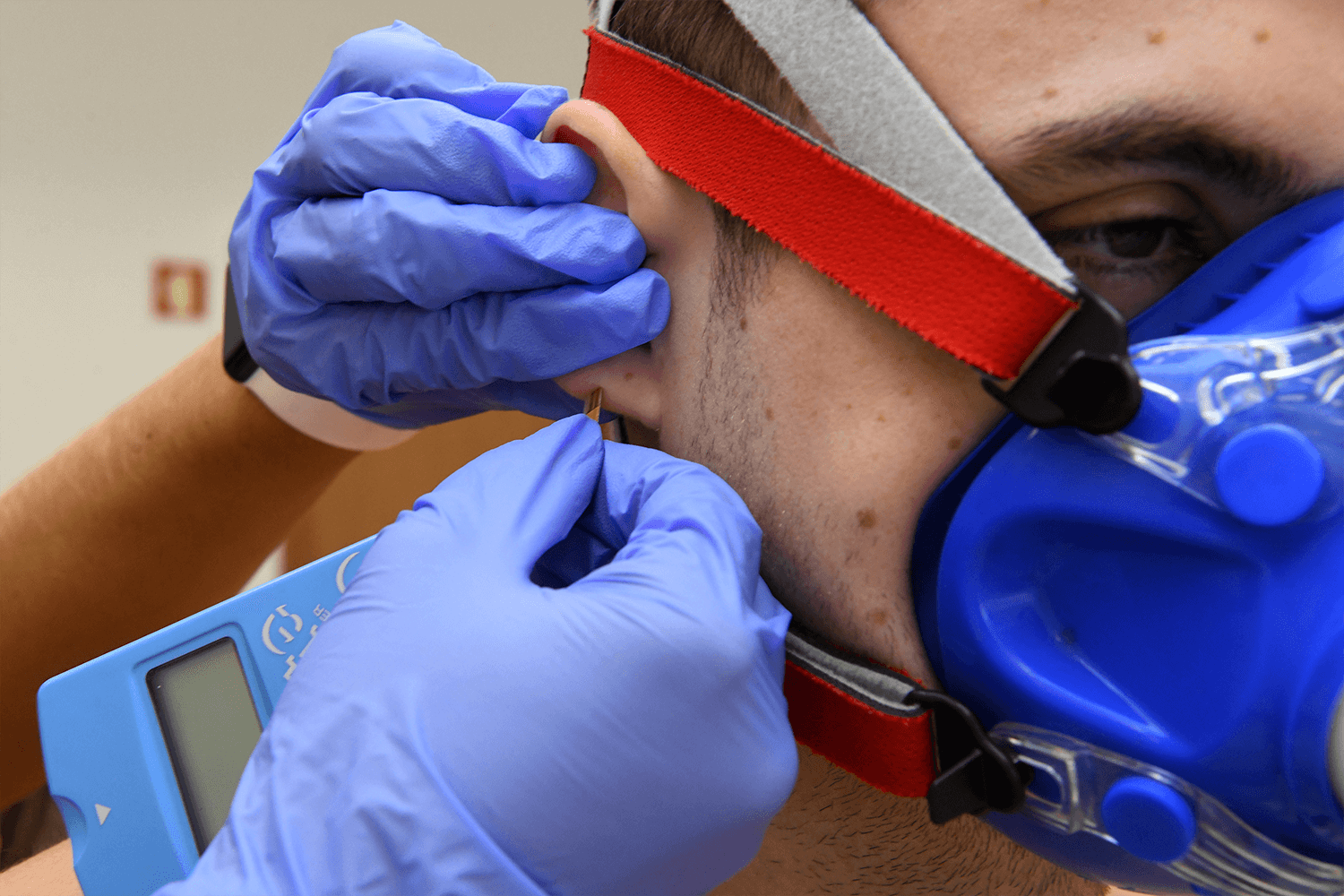There has been a paradigm shift towards exploring the individual benefits of exercise and reducing the overall heterogeneity of responses to specific exercise regimens - a move towards a more individual tailored precise exercise prescription. This approach can be seen as a new valuable strategy to maximize resource utilization to target pathology and human performance at the molecular, cellular, tissue and whole body levels. Among the different sources of heterogeneity, there are non-controllable factors, such as genetic and epigenetic influences, which play prominent roles in the response to exercise. Variability exists among individuals with a given disease, concerning symptoms and underlying causal mechanisms, as well as in the athletic population. These challenges arise from a multitude of personal and contextual factors and the intricate pathophysiology of complex diseases. Therefore, considering roster of scientific indicators and the need and challenges of science on an international scale, with an expanded and renewed group of investigators we have devised three main aims within the scope of the current strategic plan:
- To develop and validate precise methodologies to estimate/determine objective measures of behavioural and physiological outcomes;
- To investigate the biological mechanisms underlying the benefits of exercise on sensitive groups such as athletes, youth and older adults and those with complex diseases (e.g., obesity, diabetes, cancer, cardiovascular, and musculoskeletal diseases);
- To develop new public health policies and hierarchize programmatic priorities, by understanding how new digital tools and technology can be used to set the foundations for future standardized systems for surveillance and monitoring of fitness levels, 24-hour movement, sports participation, quality of life, life expectancy, and energy balance across the lifespan.
Keywords: Precise and standardized screening methods; Precise exercise prescription; Exercise related mechanisms in complex diseases; Physical activity and fitness data effectiveness








